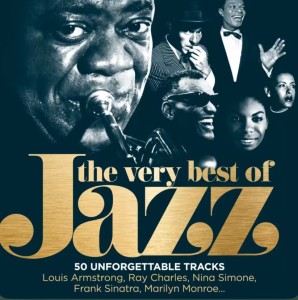From Scratch: Early Heavy Metal: Its Peak and the Pathways Ahead
Early heavy metal was stepping into its golden age. At the same time, a major cultural shift was underway: the emergence of punk. This movement, aggressive and rebellious, reshaped the music scene in the UK and forced heavy metal to find new ground in the U.S. The trajectories of American and European rock began to diverge, each forming its own legacy. But before we dive into punk, let’s continue tracing the rise of metal’s iconic players in the late 1970s.

Thin Lizzy took a major step toward a heavier sound with their February 1976 release, Jailbreak. Featuring the iconic track “The Boys Are Back in Town,” the album became a defining moment in their career, with the single later covered by many rock bands.

In March, KISS released Destroyer, produced by Bob Ezrin—known for his earlier work with Alice Cooper. The album marked a turning point, incorporating new production techniques that broadened the band's musical style and cemented the record as a key milestone in their evolution.
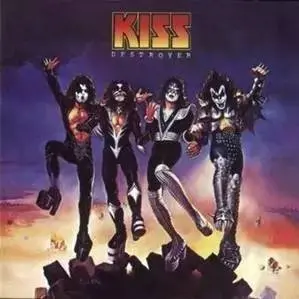
Aerosmith’s Rocks dropped in May 1976 and is often considered the band’s peak. It influenced bands like Metallica and Guns N’ Roses, and even Kurt Cobain cited it as a personal favorite. Gritty, raw, and melodic, this album fused blues with hard rock flawlessly.
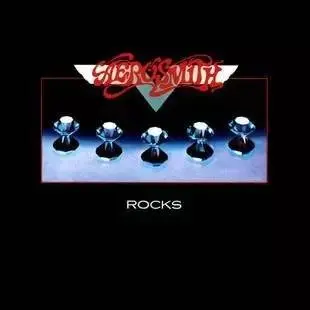
Later that year, they returned with the release of Draw the Line. Though reviews were mixed, it sold well. After a difficult period and near breakup in 1979, Aerosmith made a major comeback in the late '80s.
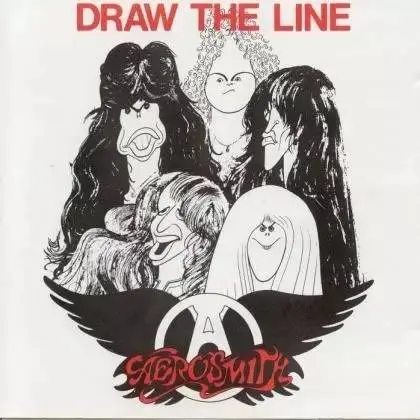
Released in May, Blue Öyster Cult’s Agents of Fortune included the timeless track “(Don’t Fear) The Reaper.” While the album achieved success, the band’s forward momentum started to decline with their subsequent release.

In September, AC/DC released Dirty Deeds Done Dirt Cheap in Australia. Though it wasn’t available in the U.S. until 1981, the album eventually became a fan favorite and helped cement their international fame.

Judas Priest's Sad Wings of Destiny served as their breakout album, signaling their rise in the heavy metal scene. Self-produced after a tough period, the album featured signature tracks like “Dreamer Deceiver” and “The Ripper.” Although it didn’t initially sell well, it earned them a major label deal and marked the beginning of their rise.

Germany’s Scorpions released Virgin Killer in 1976, gaining notable success, particularly in Japan. However, its controversial album art led to bans in several countries.

Their 1977 follow-up Taken by Force continued the trend, also facing censorship. Despite challenges, the band refined their sound and slowly built a loyal international fanbase.

Meanwhile, internal conflict plagued Black Sabbath. Without the band’s full agreement, a compilation was released in 1975. Their next studio album Technical Ecstasy struggled commercially, and frontman Ozzy Osbourne was eventually dismissed. This split marked a turning point for both Ozzy and the band.

Queen released News of the World in 1977. “We Will Rock You” and “We Are the Champions” became global anthems. Their transformation into a hard rock act was now complete.
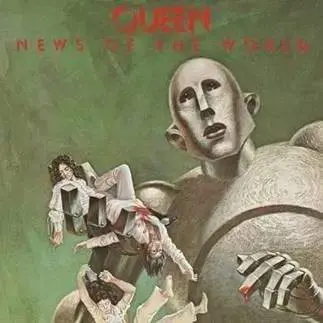
UFO's Lights Out propelled them into the spotlight, with the band embarking on a U.S. tour the following year. Their live album Strangers in the Night remains a classic.

KISS reached the height of their commercial success in 1977 with the back-to-back releases of Rock and Roll Over, Love Gun, and the live album Alive II. They even played supervillains in a Marvel-based live-action film.

That same year, the Sex Pistols released Never Mind the Bollocks, which sent shockwaves through the UK rock scene and marked the beginning of punk’s dominance, leaving heavy metal to regroup in the U.S.

In 1978, KISS dropped Double Platinum, a compilation album, while all four band members simultaneously released their own solo records. Though commercially strategic, cracks began to show within the band.
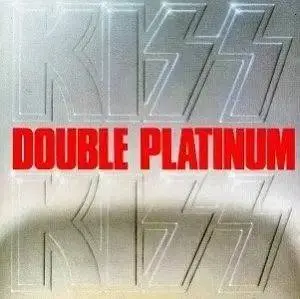
Released in 1979, Dynasty featured the disco-inspired hit “I Was Made for Lovin’ You.” The album marked a turning point, as internal tensions led to lineup changes—eventually resulting in the departure of both the drummer and lead guitarist.
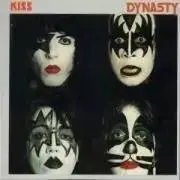
Released in 1979, AC/DC’s Highway to Hell became their breakthrough success in the United States. It was the final album featuring lead singer Bon Scott, whose sudden death shocked fans worldwide.

Scorpions’ Lovedrive bridged their heavy and melodic eras, laying the foundation for their global breakthrough. Its provocative cover gained notoriety—and bans—but the music gained traction.

In 1980, Ozzy Osbourne returned with Blizzard of Ozz, featuring guitar virtuoso Randy Rhoads. Though the UK punk scene made reception lukewarm at home, the album did well in the U.S.

He followed up with Diary of a Madman in 1981. Sadly, Rhoads died in a tragic plane crash shortly after. At the same time, Black Sabbath released Heaven and Hell with new vocalist Dio, marking a successful reinvention of the band’s sound.

AC/DC faced a huge loss with Bon Scott’s death, but rebounded with Back in Black, one of the highest-selling albums of all time. Brian Johnson stepped in as lead singer, and the album’s success revived their entire discography.
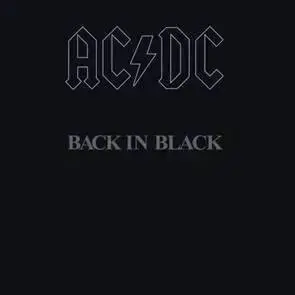
We end this chapter with AC/DC’s Back in Black—a definitive moment in heavy metal. As early metal’s initial wave slowed down, new energy was forming in the UK. The New Wave of British Heavy Metal was about to take off, introducing a modern redefinition of the genre.
Stay tuned as we continue our journey through the evolution of rock, from legacy acts to rising legends—and how today’s rock sheet music, piano online lessons, easy sheet music, and piano notes still echo these historic sounds.
FAQs
Q1: Where can I find rock sheet music for songs by bands like Queen, AC/DC, or Aerosmith?
A: Many classic and modern rock songs are now available as downloadable rock sheet music. Websites like SheetMusicGo offer licensed arrangements for all skill levels, often with printable PDF files and piano notes to guide practice.
Q2: I'm new to piano and love rock music. Can I learn using easy sheet music versions of these songs?
A: Absolutely! Many popular rock tracks have easy sheet music arrangements designed for beginners. These simplified versions use clear piano notes and reduced chords to help you build skills while playing your favorite tunes.
Q3: Do any piano online lessons focus specifically on rock music styles?
A: Yes, several piano online lessons platforms now include rock-focused modules. These lessons teach rhythm-driven patterns, power chords, and how to play famous rock intros or solos, often using songs featured in the article like "Smoke on the Water" or "Bohemian Rhapsody."

